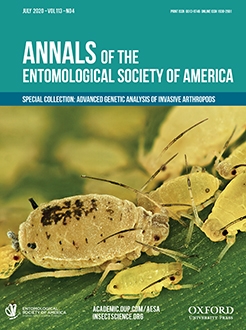Global ecosystem functions, services, and commodities are increasingly threatened by biological invasions. As a result, there is an urgent need to manage invasive species through global collaborative research. We propose an ‘applied empirical framework' (AEF) to aggressively confront the current global biological invasion crisis. The AEF builds on existing models for invasion science that advocate 1) standardized research designs to reveal key aspects of biological invasion, and 2) collaborative research to facilitate the sharing of resources and information. The AEF further emphasizes the need for 3) the production of research ‘tools’ (e.g., data, methodologies, technical instruments) designed for direct uptake by agencies that manage biological invasion, and 4) a taxonomically targeted approach in which task forces conduct rapid, in-depth research on top-priority invasive species across their entire geographic range. We review collaborative science and the distinctive roles played by different collaborator types. We then provide an example of the AEF in action through the BioSAFE initiative (Biosurveillance of Alien Forest Enemies), a highly collaborative project aimed at developing genomic research tools to facilitate biosurveillance and intervention for forest invasive species. We illustrate the BioSAFE approach through our research on two polyphagous insect species: the wood-borer Anoplophora glabripennis, Motschusky (Coleoptera: Cerambycidae; Asian longhorned beetle) and the defoliator Lymantria dispar, Linnaeus spp. (Lepidoptera: Lymantriidae; gypsy moth). These examples illustrate how the AEF can focus and accelerate our response to the global biological invasion crisis by applying the resource capabilities of collaborative research groups to generate management tools for top-priority invasive species.
How to translate text using browser tools
16 March 2020
An Applied Empirical Framework for Invasion Science: Confronting Biological Invasion Through Collaborative Research Aimed at Tool Production
Gwylim S. Blackburn,
Pierre Bilodeau,
Tracey Cooke,
Mingming Cui,
Michel Cusson,
Richard C. Hamelin,
Melody A. Keena,
Sandrine Picq,
Amanda D. Roe,
Juan Shi,
Yunke Wu,
Ilga Porth
ACCESS THE FULL ARTICLE
It is not available for individual sale.
This article is only available to subscribers.
It is not available for individual sale.
It is not available for individual sale.
Asian longhorned beetle
biological invasion
biosurveillance
collaborative science
gypsy moth






